- Quick and easy service
Car Rental Windhoek
Search, compare & book!
- Free cancellation Up to 48 hours prior to the scheduled pick up time
- Best price guarantee Have you found a better price? Let us know and we will make you a better offer.
- Already 500,000+ bookings More than half a million people preceded you 24000+ pick-up locations Locations around the world
- 24000+ pick-up locations Locations around the world
Car Rental Windhoek
Renting a car in Windhoek is simple with us. We offer the best rates in the market. We offer rental cars worldwide, in over 125 countries and more than 17,000 locations. All inclusive car rental in Windhoek at the best rates - quality service guaranteed!
Car rental offers in Windhoek
Whether you're looking for a small rental car or a station wagon for the entire family, we will always have a suitable vehicle for the lowest price. Below are some examples from our selection in Windhoek.
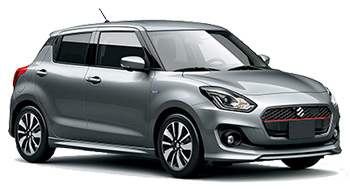
-
Hertz From€ 25 /day
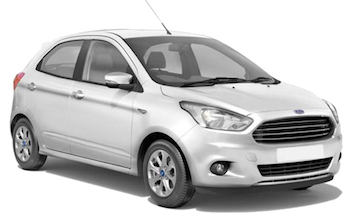
-
Budget From€ 29 /day

-
Hertz From€ 36 /day
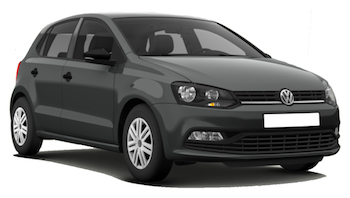
-
Budget From€ 29 /day -
Avis From€ 32 /day

-
Avis From€ 32 /day

-
Avis From€ 38 /day
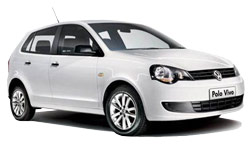
-
Avis From€ 36 /day

-
Avis From€ 38 /day

-
Avis From€ 48 /day

-
Hertz From€ 28 /day
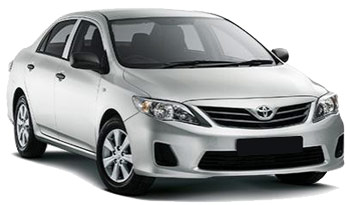
-
Hertz From€ 32 /day -
Avis From€ 36 /day -
Europcar From€ 38 /day

-
Hertz From€ 35 /day
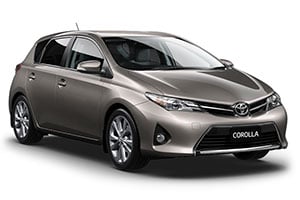
-
Hertz From€ 35 /day

-
Hertz From€ 42 /day
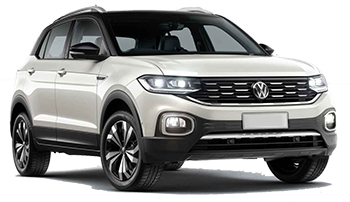
-
Hertz From€ 40 /day

-
Avis From€ 42 /day -
Hertz From€ 43 /day -
Bluu Car Rental From€ 43 /day
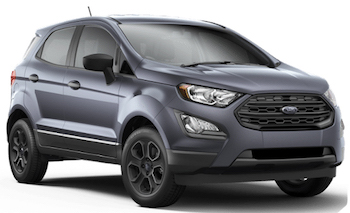
-
Hertz From€ 44 /day

-
Hertz From€ 51 /day

-
Budget From€ 36 /day
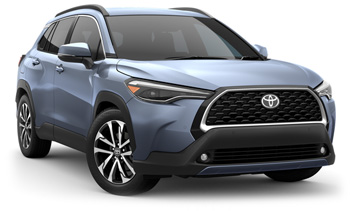
-
Avis From€ 58 /day -
Europcar From€ 70 /day -
Bluu Car Rental From€ 83 /day

-
Avis From€ 63 /day -
Bluu Car Rental From€ 84 /day

-
Hertz From€ 61 /day
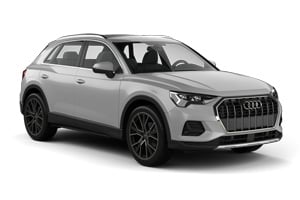
-
Avis From€ 91 /day

-
Avis From€ 87 /day
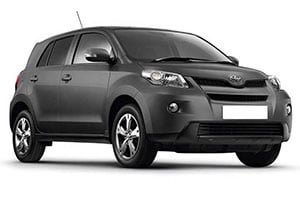
-
Avis From€ 54 /day

-
Avis From€ 61 /day

-
Hertz From€ 72 /day
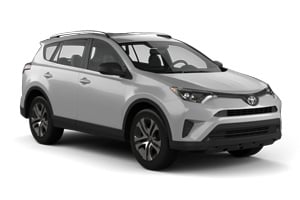
-
Hertz From€ 72 /day

-
Hertz From€ 79 /day
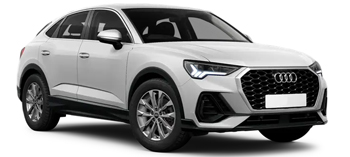
-
Avis From€ 86 /day

-
Avis From€ 92 /day

-
Budget From€ 97 /day
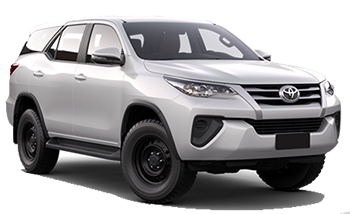
-
Hertz From€ 61 /day -
Avis From€ 79 /day -
Europcar From€ 84 /day
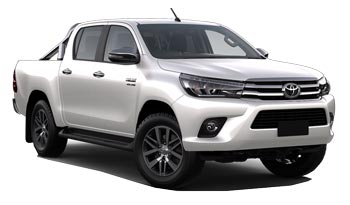
-
Hertz From€ 67 /day -
Europcar From€ 87 /day

-
Hertz From€ 75 /day
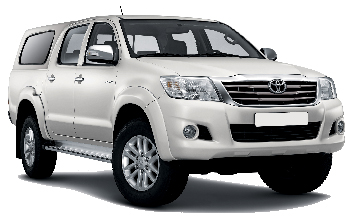
-
Avis From€ 76 /day -
Bluu Car Rental From€ 103 /day

-
Avis From€ 79 /day

-
Avis From€ 77 /day

-
Avis From€ 86 /day

-
Avis From€ 86 /day -
Bluu Car Rental From€ 101 /day
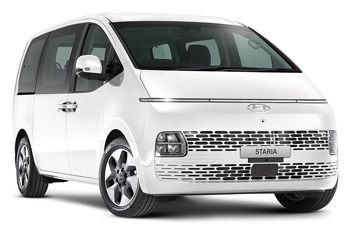
-
Europcar From€ 98 /day

-
Avis From€ 91 /day -
Bluu Car Rental From€ 95 /day

-
Bluu Car Rental From€ 95 /day -
Avis From€ 99 /day
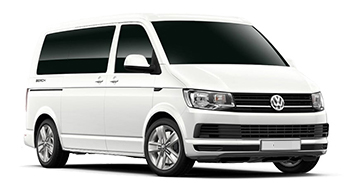
-
Avis From€ 97 /day

-
Avis From€ 104 /day

-
Avis From€ 97 /day

-
Avis From€ 104 /day

-
Hertz From€ 40 /day

-
Hertz From€ 44 /day

-
Hertz From€ 51 /day

-
Europcar From€ 51 /day -
Avis From€ 54 /day -
Bluu Car Rental From€ 62 /day

-
Hertz From€ 52 /day

-
Avis From€ 57 /day -
Europcar From€ 70 /day -
Bluu Car Rental From€ 83 /day

-
Avis From€ 61 /day -
Bluu Car Rental From€ 61 /day

-
Hertz From€ 61 /day -
Avis From€ 79 /day -
Europcar From€ 84 /day

-
Avis From€ 63 /day -
Bluu Car Rental From€ 84 /day
Car rental companies in Windhoek
Below are the car rental companies in Windhoek with the best ratings. Compare all ratings and prices of these rental companies in one search.
-
Hertz
From€ 25 / day -
Bluu Car Rental
From€ 43 / day -
Budget
From€ 29 / day -
Avis
From€ 32 / day -
Bidvest Car Rental
No rates available -
Keddy By Europcar
No rates available

When is the best time to book a rental car in Windhoek?
Car rental companies in and around Windhoek
Information about Windhoek
A little piece of Germany in Africa, is the best way to describe Windhoek. Although high-rise buildings have erected since the independence, the capital of Namibia still feels German. The colonial buildings date back to the time that Windhoek still was the capital of German Southwest Africa. After the First World War the country was governed by South Africa to become independent in 1990 under the name Namibia. The German influence in food and drinks is still present. Thus, in many restaurants you can find sauerkraut on the menu and local craft beer is brewed following the German Reinheitsgebot.
The image of the historic city is dominated by the 24-meter-high spire of the Christuskirche. This Lutheran church was built in the beginning of the previous century in neo-Gothic style with Art Nouveau elements. The stained-glass windows were a gift from the German Emperor Wilhelm II.
Nearby is the Ink Palace (Tintenpalast), named like this because it was the headquarters of the German government and the officials would use so much ink. Now the building is home to both chambers of the Namibian Parliament. Between the Christuskirche and the Tintenpalast you can find the Parliament Gardens, a popular meeting place for the residents of Windhoek.
On a hill stands the Alte Feste, built in 1890. It was the headquarters of the German colonial troops and later of the South African army. In the thirties students of the Windhoek High School were housed there until 1962, when the historic section of the State Museum was put in there. Inside the museum you will learn more about the history of the country. From the Bushmen who inhabited the country via the German colonisation to the struggle for independence.
The city's train station was built in the style of the Dutch Cape Province. In front of the station stands an antique locomotive, half of a so-called Zwillinge locomotive.
In and around Windhoek
Twyfelfontein (Fountain of Doubts) lies northwest of Windhoek. It was named this way because the rancher who settled here was uncertain whether the local source would provide enough water. It is famous for its prehistoric cave paintings, about 2500 in total. Experts think the drawings of local wildlife - antelope, giraffes, elephants and lions - and more abstract figures are between three and six thousand years old. Because some drawings have been purposely damaged in the past, you can only view the drawings in the company of a guide. Around the Brandberg you can find thousands of petroglyphs too. The most famous one is the so-called White Lady in the Tsisab ravine, a slightly confusing name because it is a drawing of a man with a white painted body, probably a shaman.
The Spitzkoppe is a spectacular pointed mountain in the middle of flat grassland and is also referred to as the African Matterhorn, because of the resemblance. Near by lie the Pontok mountains, an area where climbers can enjoy themselves. But only experience climbers attempt to conquer the Spitzkoppe. If you do not consider yourself one of these, you can always enjoy the color spectacle at sunrise. The mountain changes from light orange to flaming gold.
Windhoek is centrally located in Namibia and is the starting point for safaris in the rest of the country. The city lies on a plateau with on the west side a mountain range with peaks of about 2,000 meters. Even further to the west, on the coast, lies the Namibian Desert. Another desert, the Kalahari lies to the east of the central plateau. Located close to Windhoek is the Daan Viljoen Reserve, where you aren't obliged to be accompanied by a guide. Furthermore, you can explore the rugged region of the Namibian capital by horse. Not cheap, but an experience you do not want to miss, is making a balloon flight over the Namib desert.
Parking
There are ample parking possibilities in Windhoek, but do have your car be guarded. There are always guards around that will keep an eye on your car for a small fee, even at night. Outside the capital the roads are mainly gravel. They are easy to drive, but don't get overconfident and drive too fast. Another note: mind the crossing wildlife: Namibia is in effect one big wildlife park!
Airport
Hosea Kutako International Airport is situated 45 kilometers northwest of Windhoek and is easily accessible by rental car. The airport is located along the road from Windhoek to Gobabis (B6), also called the Trans-Kalahari road. The exit to the airport is clearly signposted.